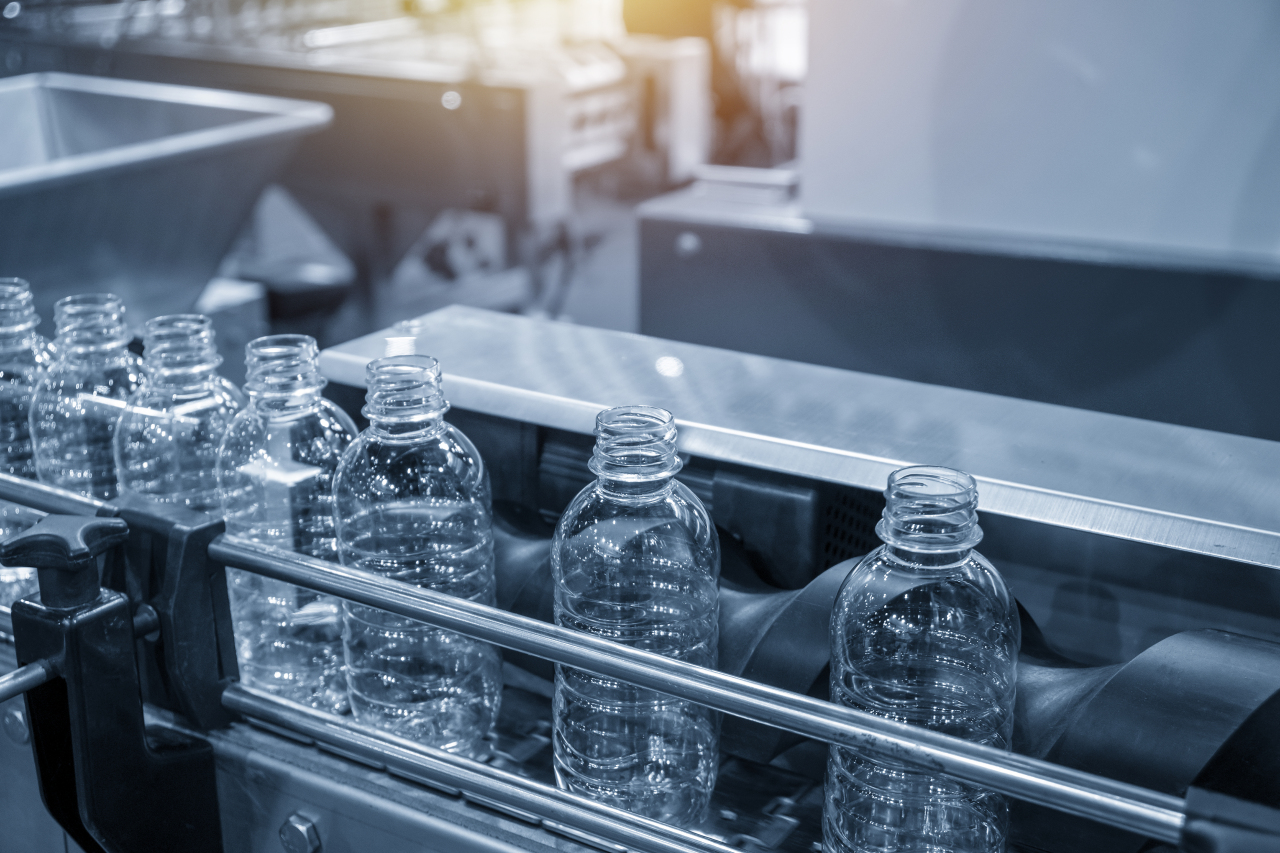Water bottles usually bear the recycling symbol of three arrows in a Mobius strip. This symbol reminds us to dispose of our trash correctly in a recycling bin. And most Koreans follow the rules of polyethylene terephthalate (PET) bottle sorting and disposal.
But these used bottles don’t get used repeatedly in a recycling loop, as suggested by the symbol. If recycled, they are given life just one more time as some end-of-life products and then thrown away. Or they end up in landfills, experts say.
“Waste sorting of PET bottles is going well, as people comply with new recycling rules set by the government. But it will take another two to three years for the local industry to start producing new bottles with the used ones,” said Jang Yong-chul, an environmental engineering professor at Chungnam National University.
The PET bottle recycling rule was enacted in December 2020, requiring residents of apartment complexes to dispose of transparent PET bottles separately from other plastic wastes. The measure has now been expanded to all types of homes throughout the country.
Thanks to this, the country is expected to secure 100,000 metric tons of waste PET in 2022, up from some 29,000 tons in 2018.
Currently, over 80 percent of the recovered bottles are recycled into textiles here.
Experts said recycling PET bottles into garments is better than not recycling at all, but it has limitations as clothes made from recycled plastic bottles cannot be recycled further.
They say the used bottles should be recycled into bottles again so that they can be continually used.
“In order to resolve the waste problem properly, plastic bottles must be recycled into plastic bottles. That way, we can reduce the use of fossil fuels needed to produce new plastics and prevent bottles from becoming waste or incinerated,” said Hong Su-yeol, who runs Resource Recycle Consulting.
This is why companies like Evian and Coca-Cola are focusing on bottle-to-bottle recycling.
Bottle-to-bottle recycling refers to the process of post-consumer PET beverage bottles being recycled to produce high-quality recycling PET bottles made from up to 100 percent recycled material.
It wasn’t basically impossible in Korea until February this year, as a local law prohibited the recycled materials that had been ground and washed from being used for food packaging.
With the ban lifted, Korea now needs aggressive investment on related facilities and technical verification, Jang stressed.
He said there is a lot of room for improvement in the way people dispose of PET bottles as well.
In European countries, reverse vending machines, which allow a person to insert a used bottle, are installed to collect PET bottles separately from other containers. But in Korea, PET bottles have been thrown away with other colored bottles or nonbeverage containers such as shampoo and dish soap products, he explained.
Of 341 recycling and waste management companies across the country, only 16.7 percent, or 57 sites, have the equipment to sort PET bottles, according to a report released by Green Korea, a nonprofit organization, in June.
Samdasoo, a drinking water brand manufactured by the Jeju Special Self-Governing Province Development Corporation, initially planned to mass-produce a new product line, “RE:Born,” which used chemical recycling PET in 2024. However, the timeline is likely to be pushed back.
“Although the factory system for mass production is in place, it is difficult to use due to a lack of raw materials,” Kang Yoon-jung, a Samdasoo official, said.
The company will be able to commercialize the product if it can secure a sufficient volume of used PET bottles. When chemical companies establish infrastructure to produce high-quality PET chips, they will be used for the packaging of Samdasoo’s water products, she said.
Hong expressed concerns that the bottle-to-bottle initiative ends up becoming a half-baked policy because the government doesn’t obligate beverage companies to use recycled PET bottles in their products.
“The government only regulates raw material providers such as chemical firms to produce PET that contains recycled plastic,” Jang said.
He said beverage companies might use cheaper materials from other countries to claim that they conducted bottle-to-bottle recycling.
“If companies here are not using the bottles collected from this country, then the meaning of bottle-to-bottle recycling fades,” he said.
According to a 2019 report by Greenpeace, about 4.9 billion PET bottles are used annually in Korea, amounting to 71,400 tons. If placed side by side, the bottles can encircle the earth 10.6 times.
Jang, who participated in the Greenpeace research, expects that the volume of used PET bottles will rise 5 percent a year on average to reach over 500,000 tons by 2030.
By Park Han-na (
hnpark@heraldcorp.com)








![[Today’s K-pop] Blackpink’s Jennie, Lisa invited to Coachella as solo acts](http://res.heraldm.com/phpwas/restmb_idxmake.php?idx=644&simg=/content/image/2024/11/21/20241121050099_0.jpg)